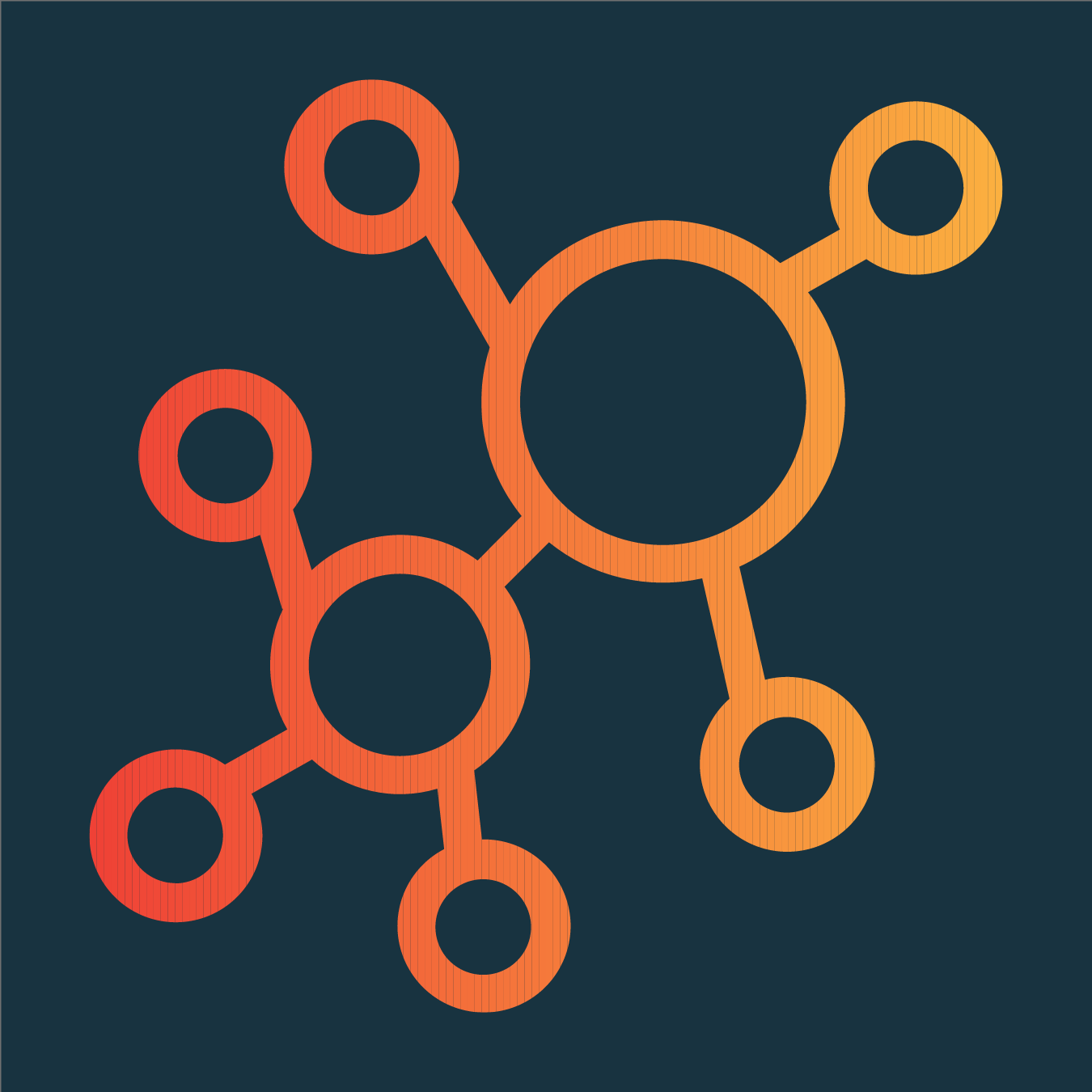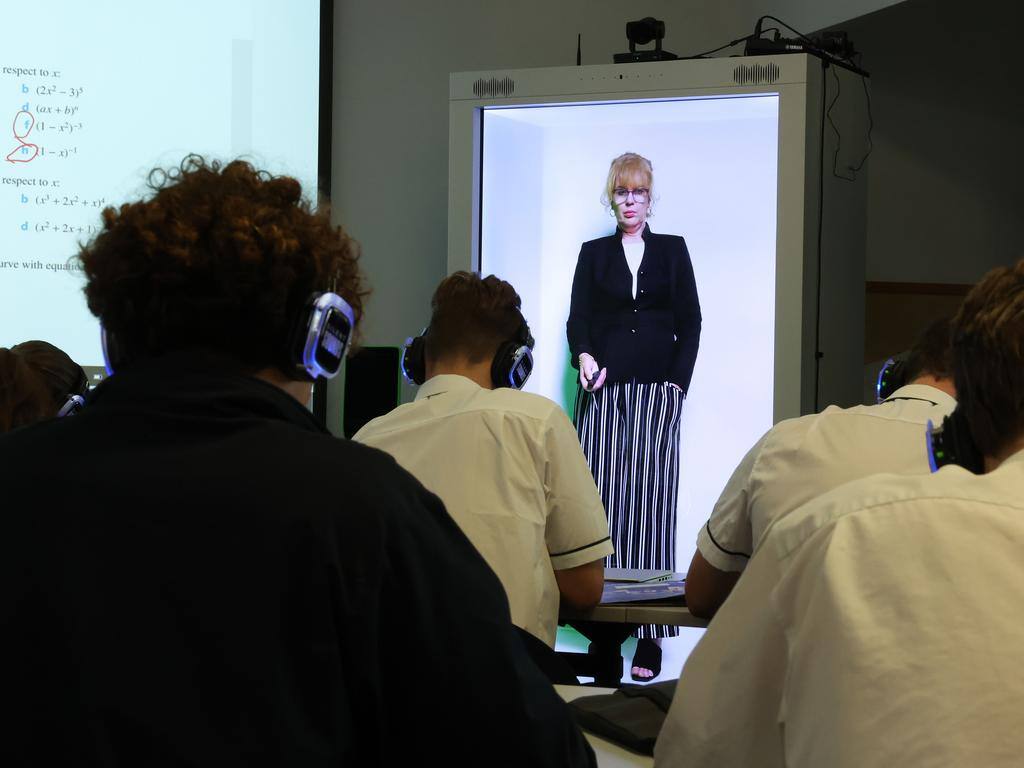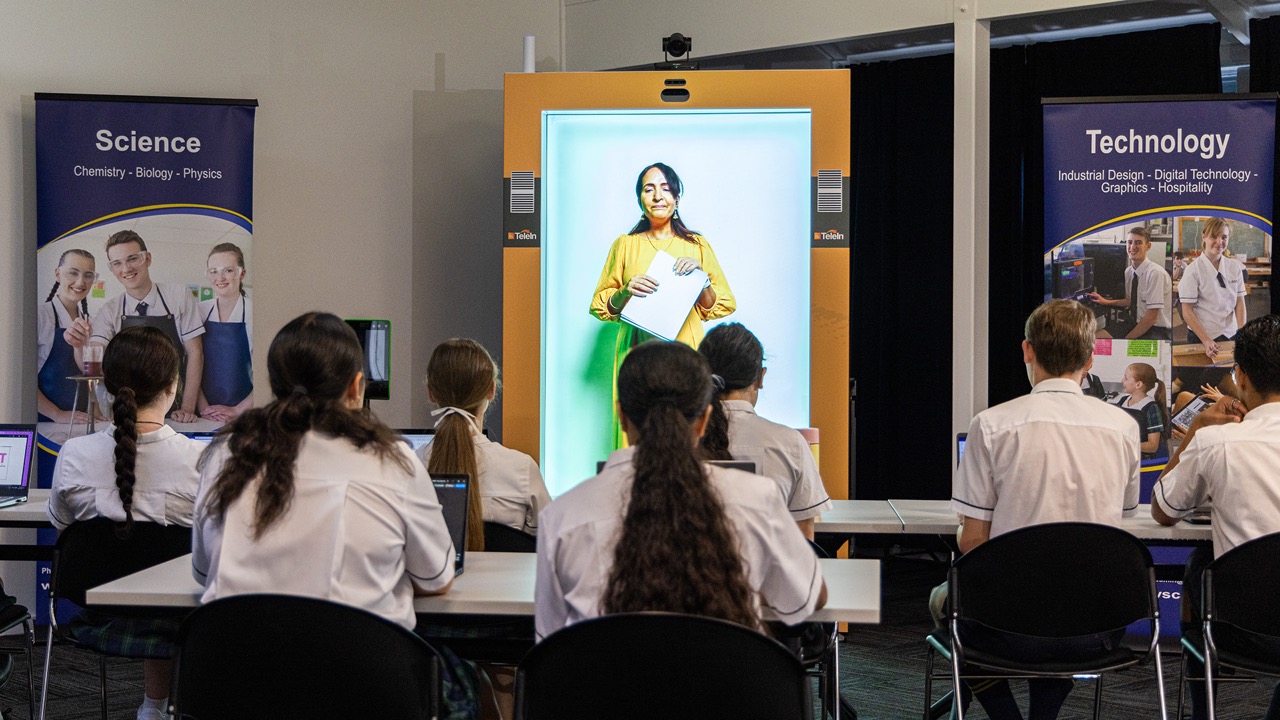As Australian schools increasingly embrace Auslan (Australian Sign Language) in their curricula, integrating advanced technology can further enhance learning and inclusion. TeleIn’s DreamGlass holographic holoportation technology offers a groundbreaking solution, enabling real-time, high-resolution Auslan teaching in classrooms by Deaf teachers. This innovative approach enriches the learning experience and promotes a more inclusive environment for Deaf and hard-of-hearing students.
The Rising Demand for Auslan in Schools
The importance of teaching Auslan in schools is gaining recognition nationwide. At Queenscliff’s St Aloysius Primary School, Auslan has been introduced as a second language, with both students and staff undergoing Deaf Awareness Training. Principal Miriam Leahy highlighted that learning Auslan helps break down barriers and fosters a deeper understanding of Deaf culture. Expression Australia’s CEO, Rebecca Adam, noted the growing demand for Auslan classes, reflecting the language’s significance and the community’s desire for broader inclusion.
In New South Wales, introducing the first Auslan syllabus for primary and secondary students marks a significant milestone. Developed in consultation with the Deaf community, this syllabus aims to offer students a unique linguistic experience and valuable communication skills. NSW Deputy Premier and Minister for Education Prue Car emphasised the importance of this initiative in creating a more inclusive community and addressing the shortage of qualified Auslan teachers.
The Role of Holographic Technology
While introducing Auslan in schools is a positive step, the challenge of providing consistent, high-quality teaching remains. This is where TeleIn’s DreamGlass technology comes into play. By leveraging holographic holoportation, schools can beam highly skilled Deaf teachers into classrooms, offering students real-time, full-body, high-resolution lessons. This technology ensures that teachers are always available, regardless of geographical constraints, and can cater to multiple schools simultaneously.
Benefits of LessonLink Holographic Technology in Auslan Education
- Real-Time Interaction:
DreamGlass enables live two-way interactions, allowing students to engage with Deaf teachers in real-time. This interactive approach enhances learning and ensures that students receive immediate feedback and clarification.
- High-Resolution Visuals:
The clarity of holographic images ensures that students can see detailed hand movements and facial expressions, which are crucial in sign language communication. This level of detail is often challenging to achieve through traditional video conferencing tools.
- Inclusivity and Accessibility:
By providing consistent access to qualified Deaf teachers, DreamGlass promotes inclusivity. Deaf and hard-of-hearing students feel more connected and engaged, fostering a sense of belonging and equality within the school community.
- Flexibility and Scalability:
LessonLink technology can be easily scaled to accommodate various educational settings, from small classrooms to large lecture halls. This flexibility ensures that all students, regardless of their location or school size, can benefit from high-quality Auslan teaching.
- Support for Educators:
Teachers can integrate holographic sessions into their lesson plans, providing a rich, immersive learning experience. Additionally, the technology can be used for professional development, allowing educators to improve their Auslan skills and better support their students
Student learning Auslan at Moranbah State High School: Credit Courier Mail.
Breaking Down Barriers: The Impact of Learning Auslan
Learning Auslan goes beyond mere communication; it is a powerful tool for social inclusion and community building. According to Deaf Children Australia, embracing Auslan can empower communities to create environments where Deaf and hard-of-hearing (DHH) young people can actively participate in various activities, such as sports, dance, and other community events. Early exposure to Auslan has been shown to enhance language and cognitive development, improve spatial awareness, and boost multitasking skills among hearing individuals.
For example, a swimming instructor proficient in Auslan can provide clearer instructions and create a more conducive learning environment for DHH young people. This inclusivity encourages them to be more involved and feel like an integral part of the community. In schools where teachers and students learn Auslan, DHH students are more likely to feel included and valued, reducing feelings of isolation and promoting mutual understanding.
Case Studies and Testimonials
Several schools have already started exploring the potential of holographic technology in enhancing Auslan education. For instance, Rosanna Golf Links Primary School in Victoria has been a pioneer in teaching Auslan from prep, highlighting the cognitive benefits of learning a visual language. Principal Kelly Morrow noted that incorporating sign language into the curriculum aids in developing literacy and communication skills, further advocating for its broader adoption.
In New South Wales, the launch of the Auslan syllabus has been well-received, with Education Minister Prue Car and Disability Inclusion Minister Kate Washington underscoring its impact on creating an inclusive educational environment. The support from Australia’s peak advocacy body for Deaf and hard-of-hearing Australians further validates the significance of this initiative.
Conclusion
As the demand for Auslan education grows, integrating cutting-edge technologies like TeleIn’s Holoportation can play a pivotal role in enhancing the learning experience. By providing high-resolution, real-time holographic teaching by Deaf educators, schools can ensure that Deaf and hard-of-hearing students receive the support they need to thrive academically and socially. This innovative approach not only bridges communication gaps but also fosters a more inclusive and equitable educational landscape.
Incorporating LessonLink Holographic Technology technology into Auslan education is a forward-thinking solution that aligns with the broader goals of accessibility and inclusion. As more schools adopt this approach, we move closer to a future where every student, regardless of their hearing ability, can fully participate and succeed in their educational journey.
References:
1. Geelong Advertiser, December 16, 2023. “Queenscliff’s St Aloysius Primary School introduces Auslan as second language other than English.”
2. NSW Education Department, August 22, 2023. “Auslan syllabus available to NSW schools for first time.”
3. Deaf Children Australia Website, July 20, 2023. “Breaking Down Barriers: Why Learning Auslan is More Important Than Ever.”
4. The Herald Sun, March 24, 2017. “Sign language: Call for Auslan lessons in Vic schools.”
 LessonLink
LessonLink

